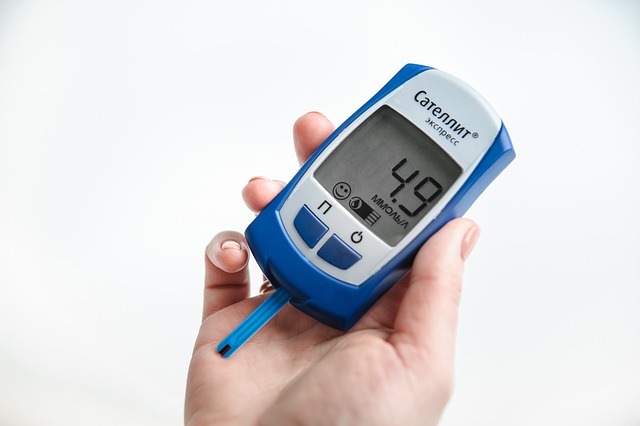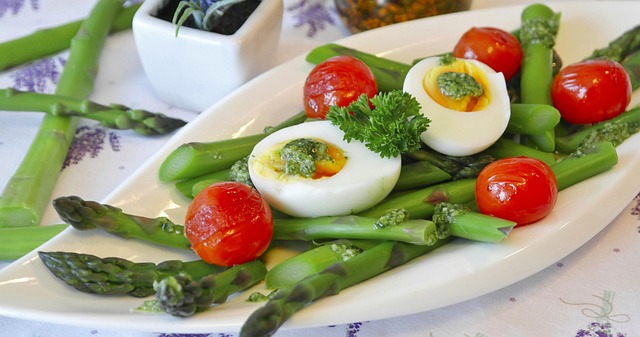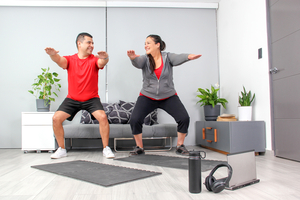In this article:
- Planning meals can help you control portions and select nutrient-dense foods to help you reach your health and weight goals.
- You can simplify meal planning with steps like creating a weekly template that you can reuse. You can account for routines like a regular lunch or dinner out with friends or family.
- Include a source of protein and fiber at each meal on your menu.
- Go over your menu to fill in any nutritional gaps and adjust your plan as needed.
- Lark can help you manage weight with or without GLP-1s as you log food, get tips for eating healthier, and make small changes that can turn into healthy habits.
Planning ahead can be an important strategy for eating well for weight loss and health. Here are some benefits of planning your weekly menus.
- You can make sure you meet your nutritional and dietary goals like staying within your calorie or carb limits or achieving your protein and fiber goals
- You can create a shopping list, so you can be sure that the foods you need are available when you need them
- You can fit things like restaurant meals and special events into your plan while staying on track
Meal planning can feel tricky because there’s a lot to think about, but there are ways to make it easier to create your menus. Just make a weekly template, change any necessary details, and fill in the gaps to meet your goals. Here’s how.
Step 1: Create Your Weekly Template
Create a basic outline of meals that you can use as a template each week. You can include things like a basic protein, a regular meal, and notes on where you may be or any other information about the situation.
Your template might account for repeating patterns, such as these:
- Doing your grocery shopping on certain days, so you have ingredients that are more perishable on those days
- Eating pre-prepped meals on occasions when you don’t have much time like if you work late on certain evenings or you need to get out of the house early some mornings
- Regular social events like meals with family, friends, or work colleagues
- Regular restaurant meals such as work lunches or weekly game nights with friends. Here’s an example of a weekly outline.
Step 2: Specify Food Choices
Here’s the same meal plan, but with some specific foods filled in based on a hypothetical grocery shopping trip. Examples of foods purchased at the grocery store for this week include tilapia, mushrooms, berries, spinach, bell peppers, and bananas.
Step 3: Fill in the Gaps
In this step, you go over your meal plan from Step 2. Look at each meal to see if it’s balanced.
Most meals should have these items.
- At least 1 cup of vegetables and/or fruit
- A source of lean protein like reduced fat dairy products, skinless chicken, lean turkey breast, beans, lentils, seafood, or tofu
- Foods from at least 3 of these food groups: Lean protein, non-starchy vegetable, fruit, healthy fat, whole grain, or starchy vegetable
- A reasonable number of calories. That may be 30-35% of your total daily calories if you eat 3 daily meals and don’t snack, or 20% of your calories if you eat 3 daily meals and have a few snacks. On a 2,000-calorie diet, non-snackers may have about 600-700 calories per meal, while snackers might have about 400 calories per meal.
Here’s the meal plan from Step 2, but with some additional foods to fill in nutritional gaps and make a complete plan.
Now you have your plan! You may need to add snacks if you’re hungry or need more calories.
As the week progresses, you may find yourself making changes to your plan as needed. Try to choose nutritious substitutions and plan ahead whenever you can to avoid last-minute surprises.
How Lark Can Help
Weight management and health are about healthy choices every day, and meal planning can help make these choices easier. Your Lark coach is available 24/7 for nutrition and physical activity coaching and tracking. Lark can help you make healthy choices and establish habits that fit into your lifestyle, so you can lose weight and keep it off with or without GLP-1 medications.
Click here to see if you may be eligible to join Lark today!











.webp)






